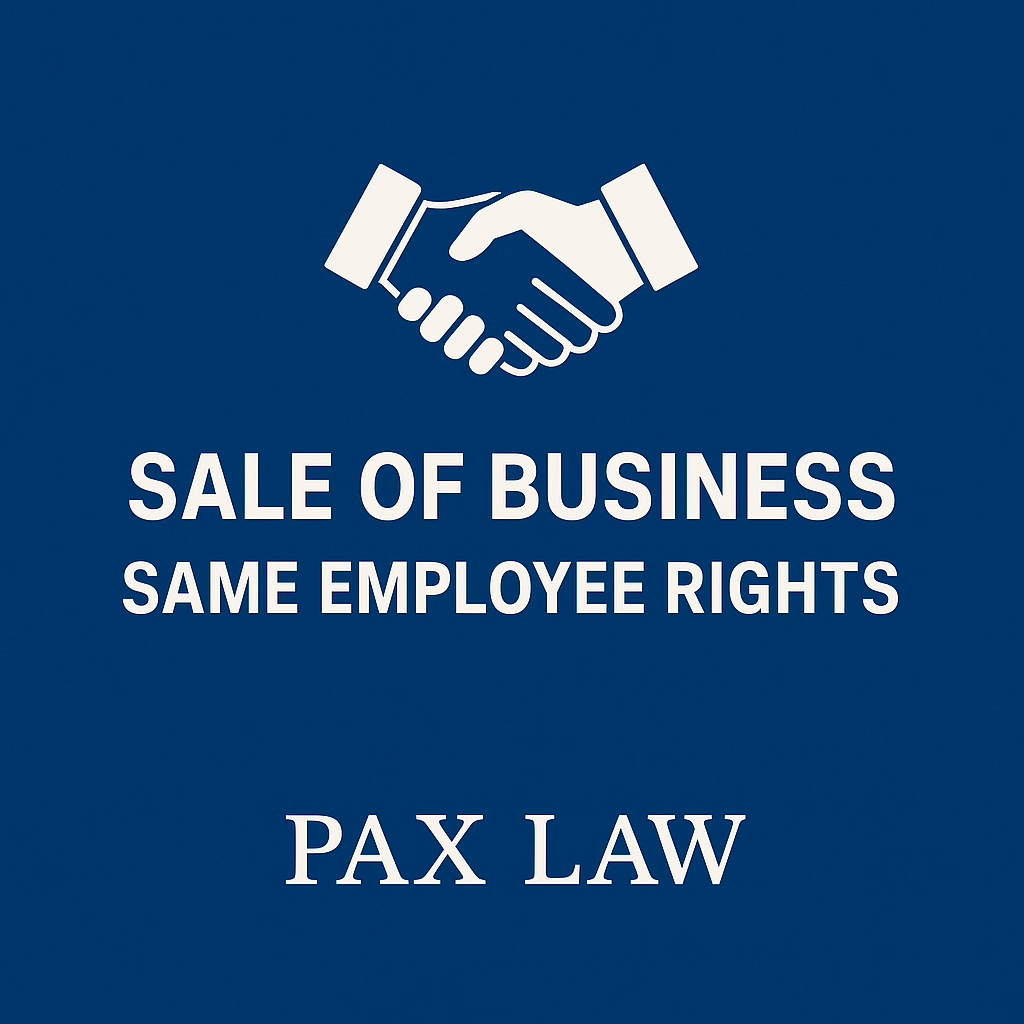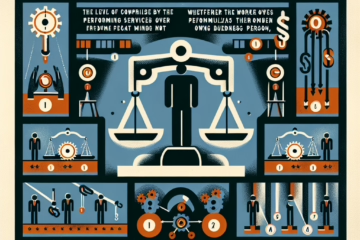Wrongful dismissal is a common yet misunderstood area of employment law. Employees who lose their jobs may feel powerless, but BC law offers protections. When an employer dismisses an employee without just cause and fails to provide reasonable notice or pay in lieu of notice, it may amount to wrongful dismissal.
Table of contents
- What is Wrongful Dismissal?
- Termination for “Just Cause”
- Employee Entitlements: Notice or Severance
- Termination Clauses in Employment Contracts
- Damages for Wrongful Dismissal
- Constructive Dismissal
- Limitations Period for Filing a Claim
- Where to Bring a Wrongful Dismissal Claim
- Defences Available to Employers
- Practical Tips for Employees
- Practical Tips for Employers
- Conclusion
What is Wrongful Dismissal?
Wrongful dismissal occurs when an employer terminates an employee without cause and without providing:
- Reasonable working notice, or
- Severance pay (pay in lieu of notice).
Wrongful dismissal does not mean the employer was wrong to fire the employee. Employers have the legal right to terminate employment for any lawful reason or no reason at all, provided they fulfill their legal obligations regarding notice or compensation.
Termination for “Just Cause”
Employers do not have to provide notice or severance if they terminate for just cause. “Just cause” refers to serious misconduct that fundamentally breaks the employment relationship, such as:
- Theft or fraud
- Violence or harassment
- Serious insubordination
- Persistent neglect of duties after warnings
However, proving just cause is difficult. BC courts have emphasized that misconduct must be severe enough to make continued employment intolerable. Minor mistakes or poor performance, without prior warnings and an opportunity to improve, usually do not justify dismissal for cause. In McKinley v. BC Tel, 2001 SCC 38 – the Supreme Court of Canada emphasized that not every breach of conduct warrants dismissal. The employer must consider whether the misconduct is fundamentally incompatible with continued employment.
Employee Entitlements: Notice or Severance
If an employer terminates without just cause, the employee is entitled to reasonable notice or pay in lieu. In this respect, there are two main sources governing the amount of notice:
- Employment Standards Act (ESA) (minimum standards)
- Common Law (judge-made law, often more generous)
1. Employment Standards Act (ESA)
The Employment Standards Act sets minimum notice or severance entitlements:
- After 3 months: 1 week’s notice
- After 12 months: 2 weeks’ notice
- After 3 years: 1 additional week per year of service, up to a maximum of 8 weeks.
2. Common Law
Common law typically awards higher notice periods based on1:
- Age (older employees get longer notice)
- Length of Service
- Character of Employment (higher positions often lead to longer notice)
- Availability of Similar Employment
There is no fixed formula to calculate this. Also, these factors are not applicable when an enforceable employment contract sets out the notice required upon dismissal, where an employee is dismissed for just cause or where the employment is for a fixed period.
Termination Clauses in Employment Contracts
Sometimes, employment contracts have clauses specifying the notice an employee will get upon termination. These clauses are valid if they meet or exceed the ESA minimums and are clearly drafted.
If a termination clause attempts to provide less than ESA minimums, it will likely be struck down, and common law notice will apply instead. In Machtinger v. HOJ Industries Ltd., [1992] 1 SCR 986 , the Supreme Court of Canada emphasized that employment contracts that fall below minimum standards are unenforceable.
Damages for Wrongful Dismissal
The primary remedy for wrongful dismissal is monetary damages, not reinstatement. The damages compensate the employee for lost wages and benefits during the reasonable notice period.
Types of damages can include:
- Salary or wages
- Bonuses
- Commissions
- Health and dental benefits
- Pension contributions
- Loss of stock options or equity grants
Duty to Mitigate
Wrongfully dismissed employees must try to mitigate (reduce) their losses by seeking comparable employment. Failure to make reasonable efforts may reduce the damages awarded. However, the burden of proof is on the employer to show that the employee failed to mitigate. See: Red Deer College v. Michaels, [1976] 2 SCR 324.
Constructive Dismissal
Constructive dismissal occurs when an employer does not fire the employee outright but unilaterally changes a fundamental term of employment without consent, effectively forcing the employee to quit.
In such cases, the law treats the resignation as a termination by the employer, giving rise to a wrongful dismissal claim. In Farber v. Royal Trust Co., [1997] 1 SCR 846, constructive dismissal was defined as a substantial change to essential terms of employment.
Limitations Period for Filing a Claim
Employees who believe they have been wrongfully dismissed must act quickly.
- Civil Court claim: Two years from the date of dismissal.
- Employment Standards complaint: Within six months from the date of termination (for ESA violations only, like minimum notice).
Filing late can permanently bar the claim.
Where to Bring a Wrongful Dismissal Claim
Employees can pursue a wrongful dismissal claim in:
- Small Claims Court (for claims up to $35,000), or
- BC Supreme Court (for higher-value claims)
- Employment Standards Branch (only for ESA minimums)
Wrongful dismissal lawsuits often proceed in civil court, where damages based on common law notice can be awarded.
Defences Available to Employers
Employers defending wrongful dismissal claims commonly argue:
- Just Cause existed
- The employee failed to mitigate losses
- There was an enforceable termination clause
- The employee accepted a new position (waiving claims)
Employers may also negotiate settlements to avoid lengthy litigation.
Practical Tips for Employees
- Review your employment contract carefully before starting litigation.
- Document all communications with your employer regarding your termination.
- Seek legal advice early to understand your entitlements.
- Act quickly to preserve your rights.
Even if you signed a severance offer under pressure, you may still challenge it if it was unfair or if there was no meaningful opportunity to obtain independent legal advice.
Practical Tips for Employers
- Use clear employment contracts with properly drafted termination clauses.
- Document performance issues and warnings if considering just cause termination.
- Provide ESA minimums at the very least.
- Consider offering enhanced severance to avoid litigation risks.
- Treat employees respectfully during termination to avoid additional claims (e.g., aggravated or punitive damages).
Conclusion
Wrongful dismissal law in British Columbia protects employees from unfair terminations without appropriate notice or compensation. Employees should understand that being dismissed does not automatically strip them of their rights.
At the same time, employers who handle terminations poorly may face significant legal liability.
If you believe you have been wrongfully dismissed, or if you are an employer seeking guidance on termination practices, consulting with an employment lawyer can help you navigate the complexities and protect your interests.
Important: Please note that the information here is not meant to be legal advice. Do not solely rely on the information given here; it is important that you consult with a lawyer regarding any legal advice. Pax Law Corp. is not responsible for any reliance on the contents of this blog post. Any faces posted on this blog post is totally AI generated and they are not intended to represent any person in the real world. Any similarities are completely coincidental.
- Bardal v. Globe & Mail Ltd. (1960), 24 D.L.R. (2d) 140 (Ont. H.C.) ↩︎


